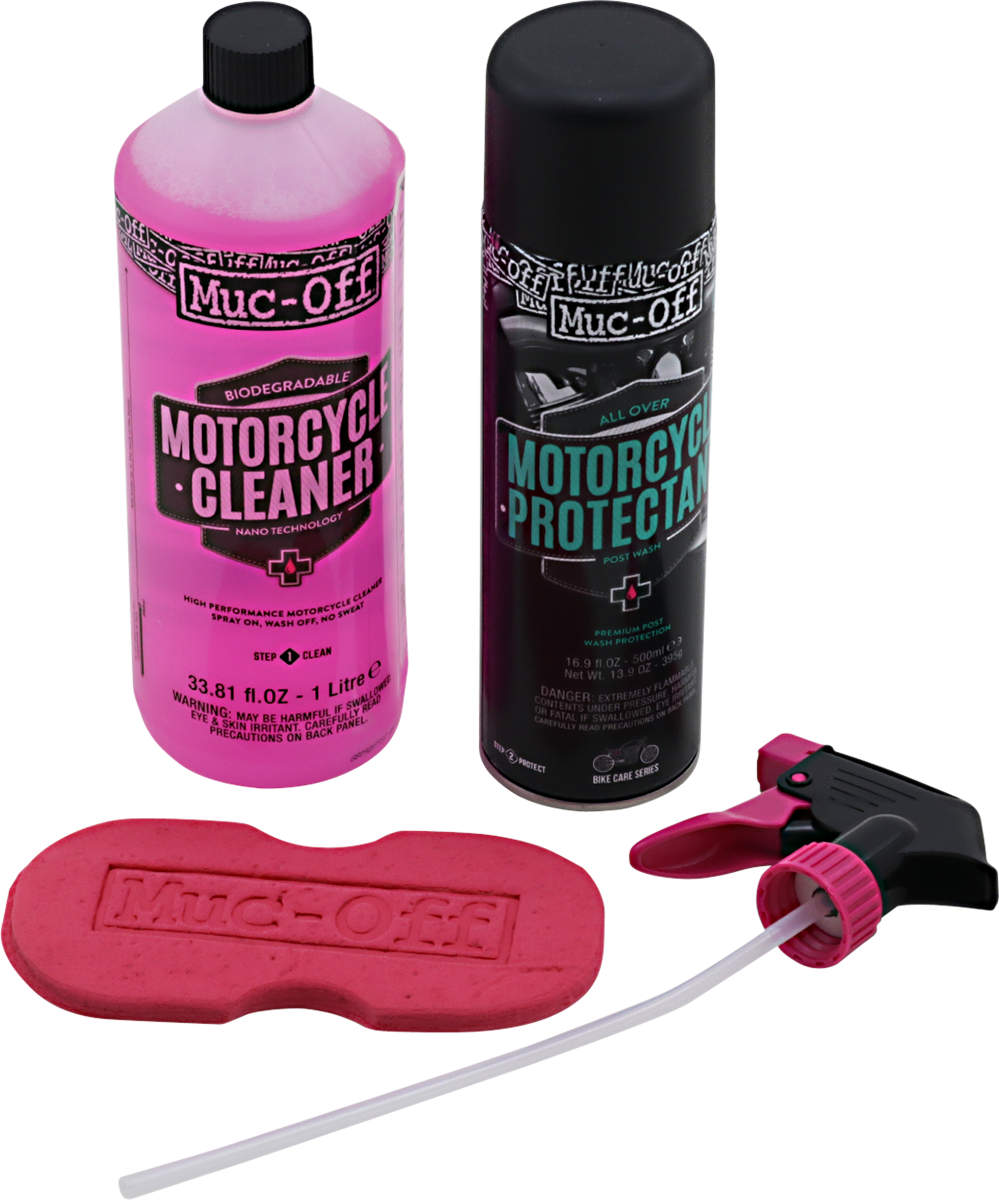
🏍️ How to Install a Quick Shifter on Your Sport Bike
Meta Description (SEO):
Learn how to install a quick shifter on your sport bike. This step-by-step guide covers wiring, sensor setup, and pro tips for a smooth installation.
SEO Summary:
This guide explains how to install a quick shifter on a sport bike, including what tools you need, how to set up the shift sensor, and common mistakes to avoid.
Alt Text for Images:
-
Close-up of quick shifter sensor mounted on shift rod
-
Wiring harness installation for quick shifter
-
Sport bike with quick shifter kit laid out
-
Technician calibrating quick shifter on a laptop
-
Rider testing quick shifter on track
SEO Keyword Tags:
how to install quick shifter sport bike, sport bike quick shifter installation guide, quick shifter install tips, install quick shifter Yamaha R6, quick shifter DIY install, quick shifter wiring sport bike, quick shifter setup instructions, motorcycle quick shifter Florida, quick shifter installation Coral Springs, sport bike performance upgrades Florida, motorcycle quick shifter calibration, how quick shifters work, motorcycle quick shifter benefits, best quick shifters for sport bikes, motorcycle performance shop Florida, motorcycle mods Florida, motorcycle tuning Coral Springs, quick shifter install service Florida, motorcycle parts and accessories Florida
Internal Link:
Contact us to schedule professional quick shifter installation
Call to Action:
Want your quick shifter installed and calibrated by experts? Reach out today or stop by our Coral Springs shop.
🏍️ How to Install a Quick Shifter on Your Sport Bike
A quick shifter is one of the best mods you can add to a sport bike.
✅ Faster upshifts
✅ Smoother acceleration
✅ No need to roll off the throttle
Whether you’re a track day regular or just want seamless shifting on the street, installing a quick shifter transforms your ride.
Here’s a step-by-step guide to installing a quick shifter yourself—or understanding the process if you prefer professional installation.
⚙️ What Is a Quick Shifter?
A quick shifter is an electronic sensor that momentarily cuts the ignition or fuel when you move the shift lever.
This split-second interruption unloads the transmission and lets you click the next gear without pulling the clutch or closing the throttle.
🧰 What You’ll Need
✅ Quick shifter kit compatible with your bike (ex: HM, Translogic, Woolich Racing, or Dynojet)
✅ Basic hand tools (Allen keys, socket set)
✅ Torque wrench
✅ Wire strippers and crimpers
✅ Heat shrink tubing
✅ Service manual (for your specific torque specs and wiring info)
Pro Tip: Always disconnect the battery before starting electrical work.
🚀 Step 1: Remove Bodywork and Seat
-
Take off side fairings and seat to access the shift rod and wiring harness.
-
Keep bolts organized so reassembly is easier.
⚡ Step 2: Mount the Shift Sensor
Quick shifters typically use a strain gauge or pressure sensor that attaches to your shift rod.
✅ Inline sensors: Replace a portion of your shift rod with the sensor body.
✅ Bolt-on sensors: Mount externally to detect movement.
Steps:
-
Remove the OEM shift rod.
-
Thread the quick shifter sensor into place.
-
Adjust rod length to maintain your original shift lever height.
-
Torque locknuts securely.
Tip: Most sensors are directional—make sure the arrow points in the correct shift direction (upshift).
🔌 Step 3: Route and Connect the Wiring
The wiring depends on the brand and bike, but generally:
✅ Power connection: Taps into 12V ignition power or battery.
✅ Signal connection: Taps into the ignition coils or fuel injectors.
✅ Ground connection: To frame or battery negative.
Tips:
-
Route wires along the frame, away from hot exhaust parts.
-
Use zip ties for a tidy installation.
-
Seal connections with heat shrink to prevent corrosion.
🛠️ Step 4: Install the Control Module (If Applicable)
Some systems use a small control box that processes the sensor signal and manages the ignition cut.
✅ Mount the module under the seat or tail section.
✅ Secure with Velcro or zip ties.
✅ Double-check that no wires are pinched when reinstalling bodywork.
🧪 Step 5: Test the Sensor
Before reassembling everything, test that the sensor registers movement:
✅ Turn on ignition (bike off).
✅ Move the shift lever up.
✅ Watch for the indicator light or listen for the relay click.
This confirms the sensor is working.
💻 Step 6: Adjust the Kill Time
Kill time is how long the ignition is cut during a shift—usually 50–70 milliseconds.
✅ Too short: Gears may grind.
✅ Too long: Bike jerks forward between shifts.
How to Adjust:
-
Use the kit’s supplied software (USB connection to laptop).
-
Or use onboard buttons if your model has them.
Pro Tip: Start at 60ms and fine-tune from there.
🏁 Step 7: Reassemble and Test Ride
✅ Reinstall bodywork and seat.
✅ Double-check all fasteners and wire routing.
✅ Go for a gentle test ride.
✅ Shift under moderate throttle to confirm smooth engagement.
⚠️ Common Mistakes to Avoid
❌ Reversing the sensor direction
❌ Over-tightening the sensor body
❌ Routing wires near exhaust headers
❌ Forgetting to set kill time
❌ Not calibrating the system if required
🛡️ Why Professional Installation Makes Sense
While installing a quick shifter can be a DIY project, many riders prefer pro installation because:
✅ Wiring is properly crimped, sealed, and routed
✅ Sensor calibration is precise
✅ Kill times are dialed in with a dyno or test ride
✅ You avoid warranty-voiding mistakes
At Top Pro Motorsports, we install and calibrate quick shifters on all major sport bikes—from Yamaha R6s to GSX-Rs and ZX-6Rs.
📍 Quick Shifter Installation in Coral Springs, Florida
If you’d rather have your quick shifter installed by experts, we’re here to help.
✅ Professional installation and tuning
✅ Same-day service available
✅ Full warranty support on parts and labor
Contact us to schedule your installation or stop by our Coral Springs shop today.
